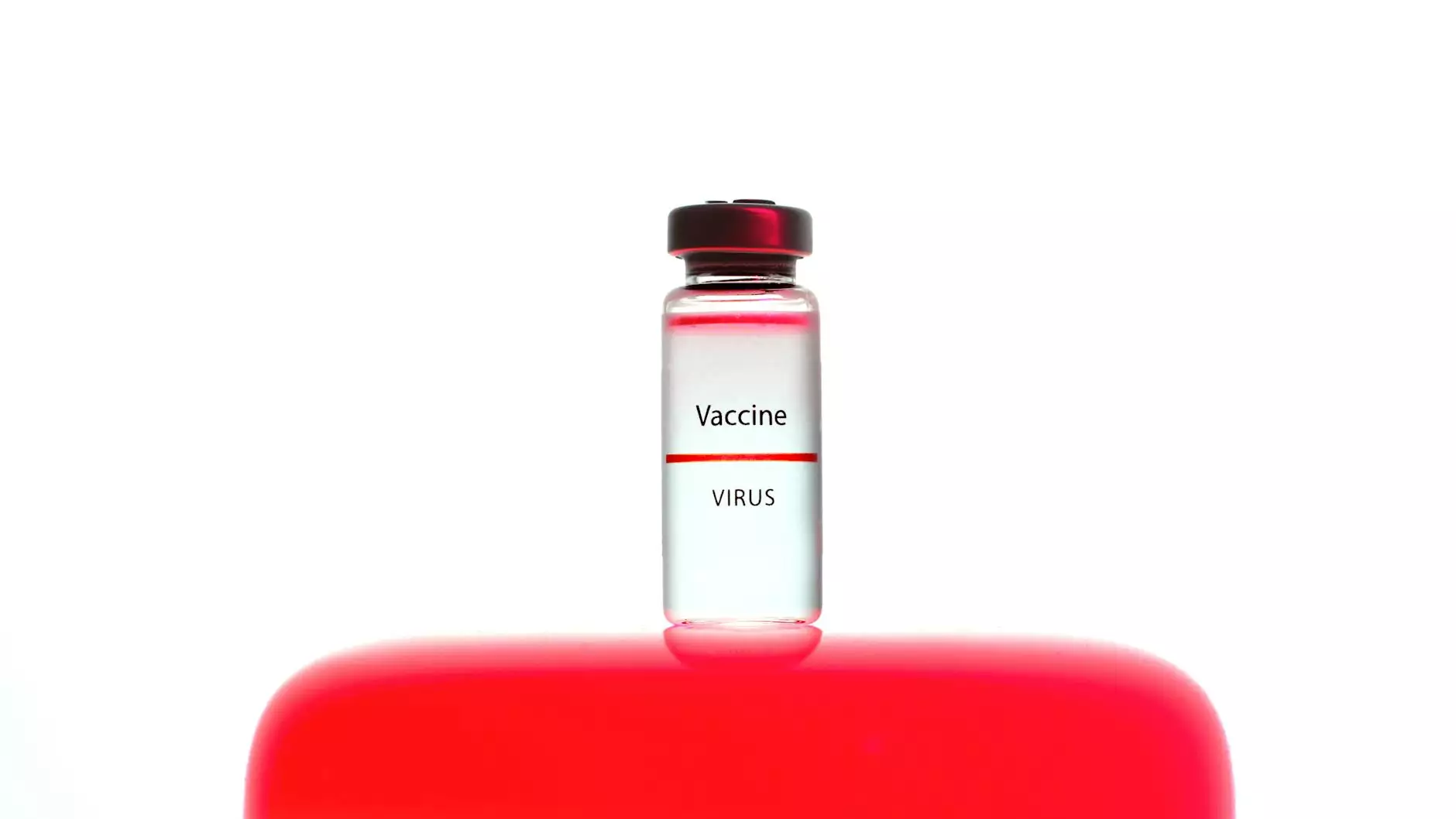Why Does Red Light Therapy Work?

The Science Behind Red Light Therapy
Red light therapy, also known as low-level laser therapy (LLLT), is a non-invasive treatment that uses specific wavelengths of red and near-infrared light to stimulate cellular function in the body. It has gained popularity in the fields of health & medical, sports medicine, and physical therapy due to its numerous benefits and minimal side effects.
How Does Red Light Therapy Work?
Red light therapy works by penetrating the skin and being absorbed by the cells and tissues underneath. The photons of light interact with the mitochondria, the powerhouse of our cells, and trigger a series of biochemical reactions that promote healing, reduce inflammation, and increase circulation.
One of the key mechanisms behind red light therapy is its ability to enhance the production of adenosine triphosphate (ATP) within the mitochondria. ATP is responsible for providing energy to cellular processes, and its increased production helps accelerate healing and repair damaged tissues.
Besides ATP production, red light therapy also stimulates the release of nitric oxide, a molecule that plays a crucial role in vasodilation. With increased nitric oxide levels, blood vessels expand, allowing improved circulation and oxygen delivery to the treated area. This enhanced blood flow brings essential nutrients and promotes the removal of waste products, facilitating the healing process.
Furthermore, red light therapy has been found to modulate the production of reactive oxygen species (ROS) within cells. While excessive ROS can cause oxidative stress and cellular damage, red light therapy helps restore the balance by increasing antioxidant defenses and reducing oxidative stress. This is particularly beneficial for individuals with chronic pain or inflammatory conditions.
The Benefits of Red Light Therapy for Health & Medical
Red light therapy has shown promising results in various health and medical applications. One of its primary benefits is its ability to reduce pain and inflammation, making it a valuable adjunctive treatment for conditions such as arthritis, joint pain, and musculoskeletal injuries.
In addition to pain relief, red light therapy has been used to accelerate wound healing and tissue repair. Research has demonstrated its effectiveness in promoting the growth of fibroblasts, collagen synthesis, and angiogenesis, which are crucial processes for the regeneration of damaged tissues.
Moreover, red light therapy has been reported to improve skin health and appearance. It can stimulate the production of elastin and collagen, leading to improved skin elasticity and reduced wrinkles, fine lines, and scars. This has made it a popular treatment option for dermatological concerns, such as acne, psoriasis, and rosacea.
The benefits of red light therapy extend beyond physical health. Studies have suggested its potential in improving mood and mental well-being by regulating neurotransmitters and promoting the release of endorphins, our natural "feel-good" hormones. Many individuals also report increased relaxation and improved sleep quality after red light therapy sessions.
Red Light Therapy in Sports Medicine and Physical Therapy
Athletes and sports enthusiasts have been increasingly incorporating red light therapy into their training and recovery routines. Its non-invasive nature and ability to promote healing make it an attractive option for sports-related injuries.
Red light therapy can help reduce muscle soreness and inflammation after intense workouts or competitions. By stimulating blood flow and oxygenation, it aids in the removal of lactic acid and other metabolic byproducts, which contribute to muscle fatigue and discomfort.
Furthermore, red light therapy has been shown to enhance muscle recovery and improve performance. It can support muscle protein synthesis, which is crucial for muscle growth and repair. Additionally, some studies suggest that red light therapy may increase muscle endurance and strength, offering athletes a potential competitive advantage.
Conclusion
Red light therapy is a scientifically-backed treatment that offers numerous benefits in the realms of health & medical, sports medicine, and physical therapy. Its ability to accelerate healing, reduce pain, and improve overall well-being has made it a valuable addition to many healthcare practices.
As ongoing research continues to uncover the mechanisms behind red light therapy's effectiveness, its applications are likely to expand even further. Whether you suffer from chronic pain, skin conditions, or are an athlete seeking faster recovery, red light therapy holds promise as a safe and effective therapeutic option.
why does red light therapy work







